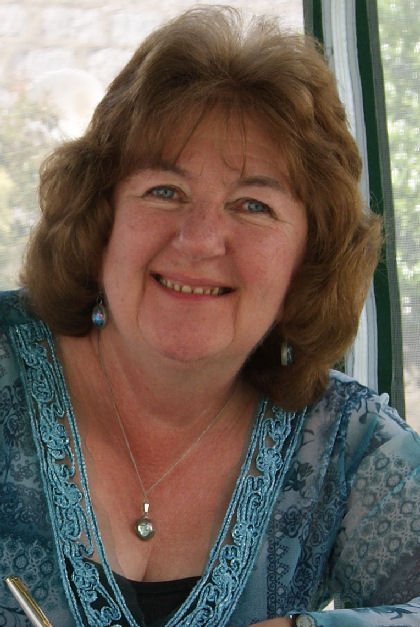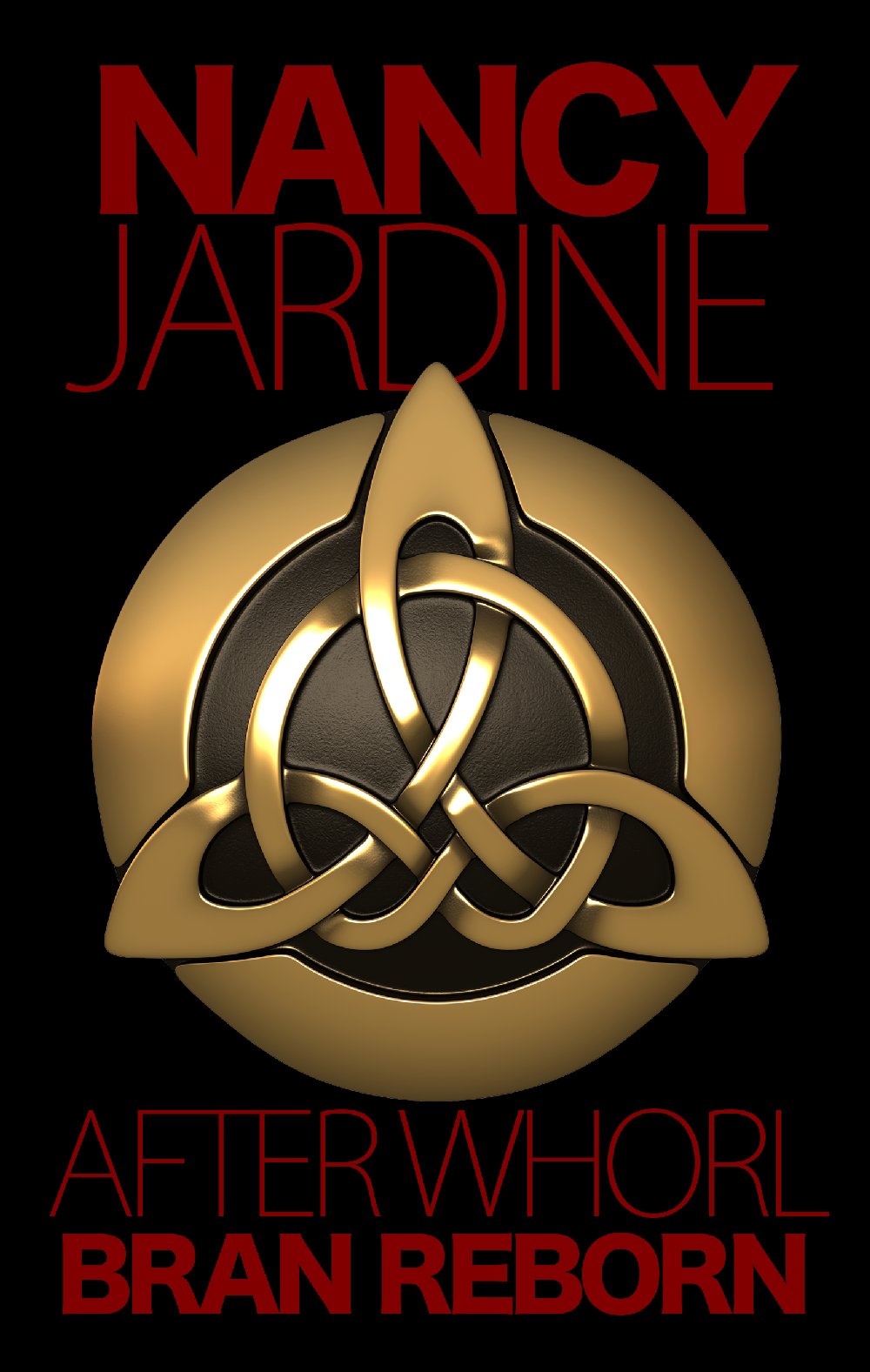As you know, it’s rare for me to open my blog to posts by other authors, but I couldn’t resist having Nancy Jardine visit today. Nancy is a Scottish author from the Aberdeenshire area who writes both historical and contemporary novels. Her latest, After Whorl: Bran Reborn, has just come out, and she’s here today to tell us about it. And to offer a special prize! Her links are at the bottom of this post – do look her up. You’ll enjoy her stories!
Mmm – Celtic Warriors! Don’t we love them?
Hello Willa. I’m so pleased to be joining you today, just after my launch of After Whorl: Bran Reborn, the second book in my Celtic Fervour series of novels set in Celtic/ Roman Britain AD 71. We all love hunky Celtic warriors, so today I’m going to be talking about my ancient Celtic men of Brigantia. When the subject of Celtic warriors is raised there’s a tendency to think of the brawny kilted warrior brandishing a Celtic broadsword. It’s a fantastic image, but just not quite accurate for the time period I’m writing about.
Whizz back to AD 71 Brigantia. What were my Brigantian Celtic warriors like? In general terms, they might be farmers – men of the soil if not in war mode.
Back then working the plough meant driving a beast of burden to pull the iron ploughshare, or else you did it yourself. In Brigantia, the landscape varies tremendously (the northern England of today) so some of the flatter, valley field areas might have been worked by oxen-driven ploughs, but much of the land was hilly and rugged. Those Celtic farmers were more likely to have done much of the turning of the soil by themselves, or by using their small Celtic horses. Breeds of Celtic horses tended to be a lot smaller than today and generally a lot smaller than those the Roman Army imported from Europe when they arrived in greater numbers, during and after the invasion in AD 43.
All of these reasons made the tendency towards strong and healthy men working the land. Those not strong, I imagine, just didn’t survive!
If a Brigante Celt wasn’t a farmer tending his strip field, then he might have been a horse-handler. The Celtic tribe valued their horses very much and being a horseman was quite a prestigious position in the tribe: training of the horses a serious business. A horse bred for the yolk was important for the agrarian economy. A horse bred to carry a warrior into battle had to be trained to become inured to the noise and stench and frenzy of the engagements they were involved in. A horse trained to pull a Celtic chariot in battle was sometimes crucial to the success or failure of war. Therefore, a horseman was a valued commodity- think strong and fit…and if like my Garrigill warriors, they were a handsome bunch!
If not a farmer, or a horseman, then a Celt might have been of the warrior classes or a trainer of the youth of the tribe. Being adept at defending the tribal lands was crucial to the psyche of the Celtic tribe and as such defence was very important. All men and most women (to some extent) were warrior trained- excepting those who for some reasons or other didn’t merit the usual tribal status e.g. someone who had broken tribal rules or was an implant from another place. It’s thought that Celts in northern Britain, of the time and place that I’m writing about, probably didn’t have slaves as such. It’s more likely that captives from warring tribes were given the menial tasks- still a sub class but probably without the ownership factor that the Roman Empire put on slaves. Making and keeping the tribe able to defend their territory was a constant business and it was the duty of all to ensure they were ‘fit for the task’.
Upper echelons of the tribe included those with special training: the bards, the druids, the spokesmen for the tribe and maybe the healers (I say maybe, because female healers –who were midwives and for general treatment- were not quite the same as those who might be named ‘more skilled healers’). These men and women were probably also trained in defence- though their daily undertaking was more peaceful.
Then there were the topmost classes: the chiefs and offspring of the chiefs. These men (and women) would have had warrior training but would also have needed to be able to learn negotiating skills to do well as ambassadors of the tribe. It was not a certainty that the offspring of a chief would become the next chief of a tribe. A man or woman had to earn the job, they had to be nominated and then voted into the slot by the elders of the tribe. If you were not fit for tribal leadership it appears you’d be rejected- why have a weak leader? (I’m sure in reality there were exceptions and weak leaders did occur)
Can you now see my healthy and handsome warriors? Those toned and brawny bodies naked… from the waist up?
If you need a bit of the visual, then maybe my book trailer videos will help. Here’s the link to see my Brennus.
After Whorl: Bran Reborn book trailer video.
Thank you for allowing me to witter on about handsome Celtic hunks today, Linda!
Blog launch Tour Special Prize
A special Blog Tour ‘friend’ will WIN a mystery gift for the most commented visits to blogs during the launch tour for After Whorl: Bran Reborn. (i.e., most comments between 9th Dec and 18th Dec wins the prize) To be sure you don’t miss any blog posts check Nancy’s Blog regularly between the 9th Dec and the 17th Dec. http://nancyjardine.blogspot.com

Nancy Jardine lives in the fantastic ‘castle country’ of Aberdeenshire, Scotland, with her husband. She spends her week making creative excuses for her neglected large garden; doesn’t manage as much writing as she always plans to do since she’s on Facebook too often, but she does have a thoroughly great time playing with her toddler granddaughter when she’s just supposed to be ‘just’ childminding her twice a week.
A lover of all things historical it sneaks into most of her writing along with many of the fantastic world locations she has been fortunate to visit. Her published work to date has been two non fiction history related projects; two contemporary ancestral mysteries; one light-hearted contemporary romance mystery and a historical novel. She has been published by The Wild Rose Press and Crooked Cat Publishing.
You’ll find Nancy at the following places: Amazon UK author page Amazon US author page Blog Website Facebook Goodreads About Me LinkedIn Twitter @nansjar Google+
Ravaged by war
…AD 71. After the battle at Whorl, Brennus of Garrigill is irrevocably changed.
Returning to Marske, Ineda finds her grandmother dead, though Brennus is not. Snared by a Roman patrol, they are marched to Witton where he is forced to labour for the Roman IX Legion.
Embracing his new identity as Bran, Brennus vows to avert Roman occupation of northernmost Brigantia. Ineda becomes his doughty spying accomplice, though sometimes she’s too impetuous. Trading with the Romans lends excellent opportunities for information gathering. Over time, Bran’s feelings for Ineda mar with his loyalty to Ineda’s father.
When she disappears, and cannot be found, Bran enters direct service with Venutius, King of the Brigantes.


Hello Willa. Thank you so much for having me guest with you today! After Whorl: Bran Reborn launched really well yesterday and I’m looking forward to answering any questions that might be left for me. see you later!
Welcome, Nancy! It’s great to have you – and your fascinating story – here today. I have a question – what inspired you to write about this period in history?
Willa- I’ve blogged about that somewhere during this tour and the short answer is I had to teach Celtic/Roman history to my 11-12year olds in class at a time when an archaeological excavation was going on on our school playing fields. The Roman Marching Camp of AD 84 became a topic focus that year and the kids wrote such good stories (albeit short ones) that I decided I could do that too! 🙂
Funnily enough, I don’t need to see your trailer (even though I have *wink*) because I have a vivid enough imagination for your descriptions to work perfectly hehe